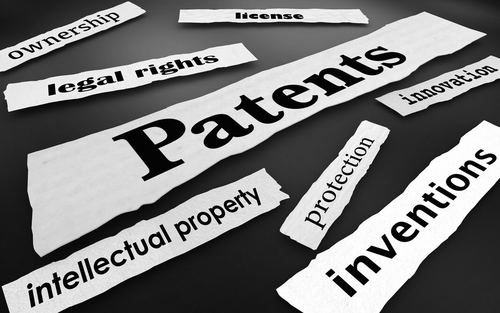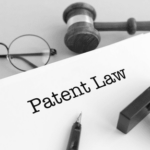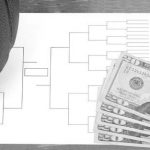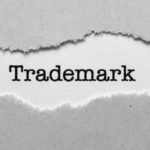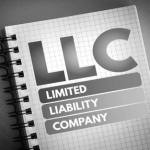Introduction
When someone thinks of a patent, it’s easy to immediately jump to the extreme side of the spectrum of inventions to try and comprehend patentability. One might envision important or well-known inventions and innovations like the light bulb (Patent Number US223898A), or perhaps the 3D printer (Patent Number US7291002B2). However, an idea does not need to be extreme in order to be patentable. It just needs to meet the minimum requirements of a patent with maybe a hint of arguably insane cleverness that gives it an edge. This Blog discusses one such patent that everyone has likely come across in their lives. The patent in question is the Pringles container patent.
The Pringles Patent
The original patent was filed by Fredrick J. Baur and Harold Kenneth Hawley for Procter & Gamble back in 1966. It took four years (which is common) to get approval with the Patent being granted in 1970. Below is a snapshot depicting part of the patent application.

It’s almost ironic to consider how much people complain about this design. For starters, there are always those who complain that they can never reach the bottom of the can. While valid, many miss the clever considerations that went into creating it. In the words of the patent application, “Chips of uniform size and shape are stacked one upon the other in a closely fitting relationship to form a stacked array, and are then placed within a rigid tubular container formed from materials which are substantially impervious to the passage of oxygen and water vapor. The ends are applied to the container to seal the same.” This design addressed a few big problems in the chip industry, including keeping the chips dry, preventing them from getting crushed in transportation, and creating consistency in the number of chips you get in each time. The patent (although now expired) helps explain why Pringles hasn’t really changed the design, even if no one can reach the bottom of the container. In fact, Fred Baur was so proud of his invention that some of his ashes were actually buried in a Pringles can.
Arguably though, the coolest part of this patent isn’t the container, but the chip to go with it. Fred Baur is also credited with inventing the unique shape of the Pringles chip.
In part of Baur’s patent for the container, he proposed several standardized shapes of potato chips to ideally fit the can. The shape itself is called a “hyperbolic paraboloid”. The purpose was to create a uniform design for each and every chip. As mentioned in the patent application, “The chips used are of non-planar shape and are first formed into the desired curved shape in a uniform manner to permit the chips to be stacked one upon the other to form a grouped array and thereby minimize the void space there between. The chips are stacked one upon the other with corresponding surfaces similarly oriented and are then placed in a substantially rigid, tubular container which is adapted to enclose the stack of closely packed chips.”
However, Baur had trouble perfecting the taste and he was later assigned to a different project. A man named Alexander Liepa actually finished Baur’s work on the chip itself, and succeeded in creating a hyperbolic paraboloid chip that tasted good. Liepa is credited with Patent Number US3998975A, which was the official recipe for the chip. That patent was later assigned to Procter & Gamble. Below is a snapshot of Baur’s description of the chip in his original application for the container.

Conclusion
There is a method to madness all over. You might invent the next light bulb, or just a clever way to package chips. You might even want to be buried in your invention. Our Intellectual Property team at SW&L Attorneys is here to help you with your ideas and discuss the patentability requirements, complex wording, and process involved in an application. Our Estate Planning team at SW&L Attorneys can ensure you are buried in your invention too. To get in touch with us, call 701-297-2890, or email us at: info@swlattorneys.com
This article is for informational purposes only and is subject to our disclaimer.


